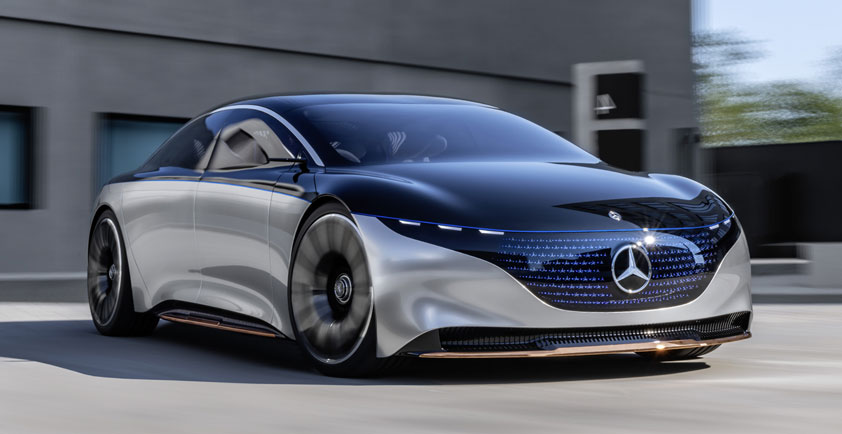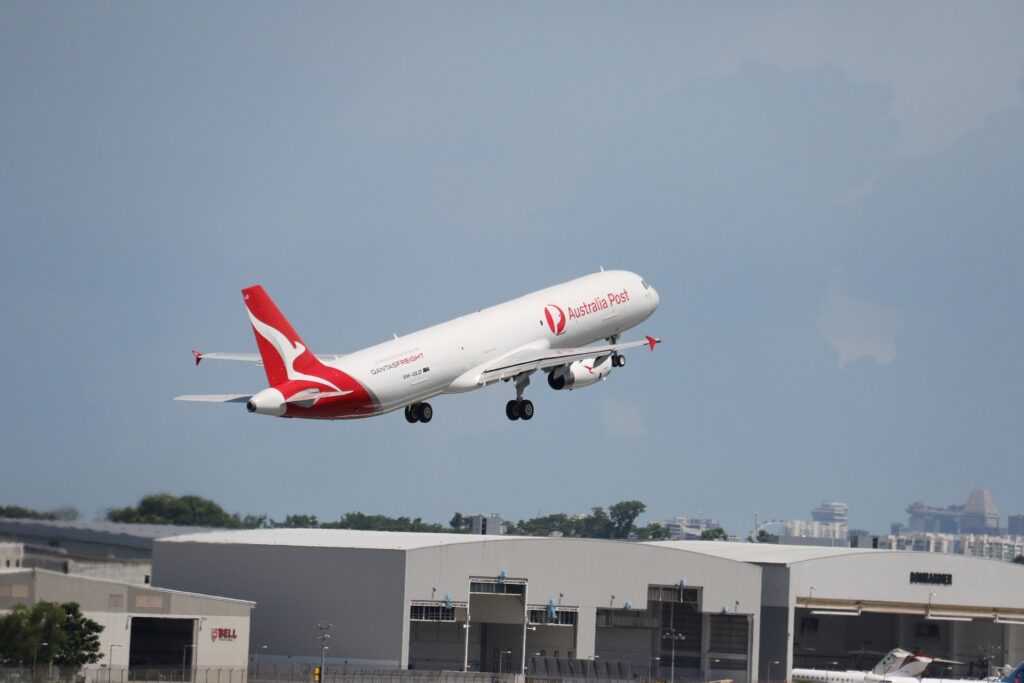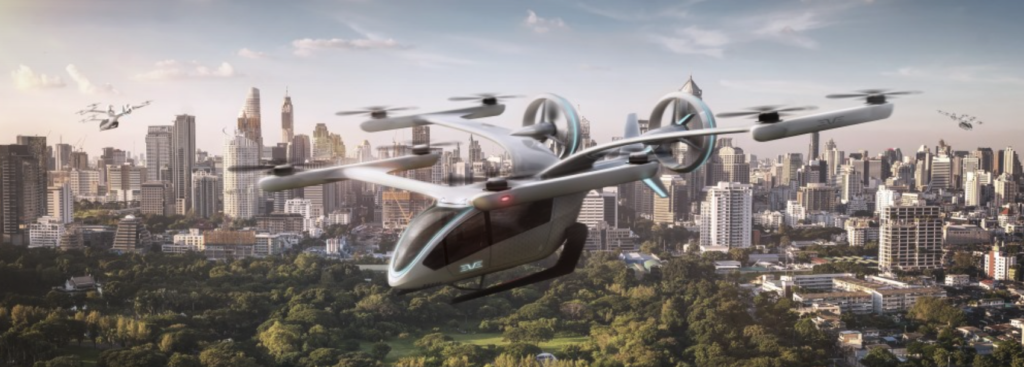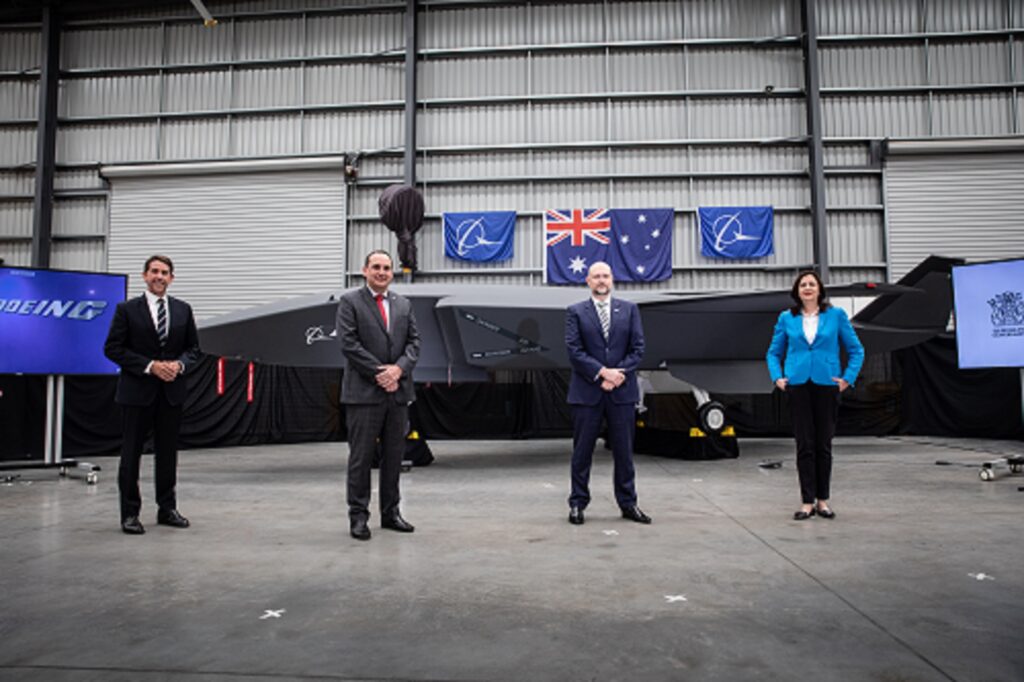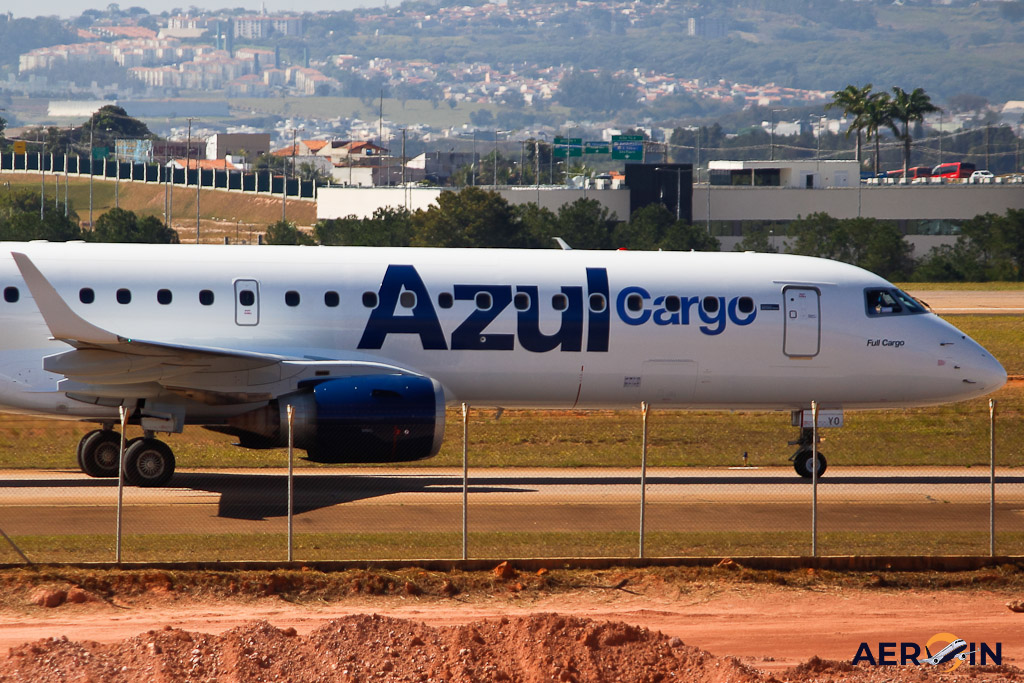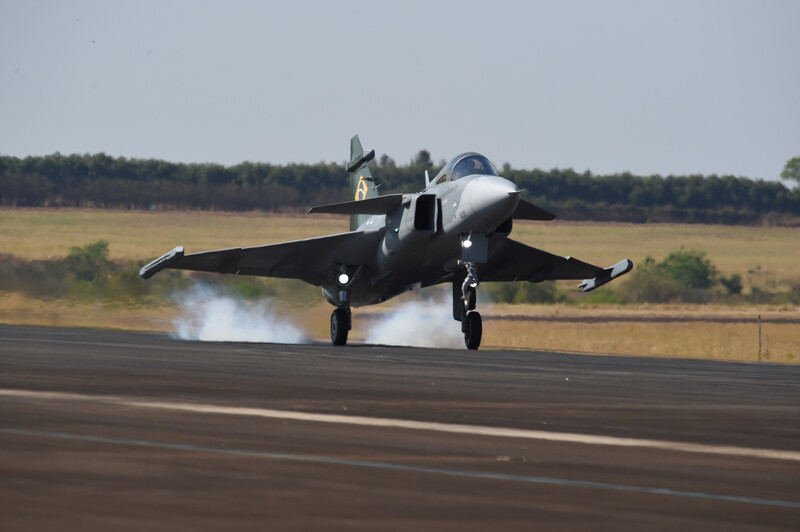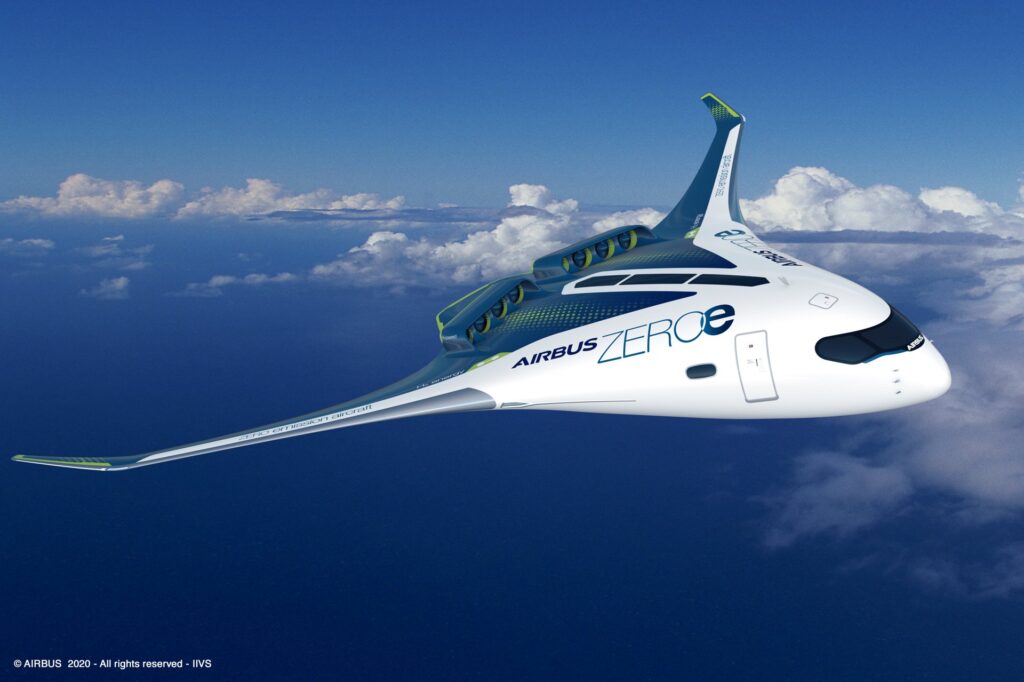Mercedes-Benz Berlin Plant Boss to Join Tesla
FRANKFURT (Reuters) - The head of the Berlin engine plant run by Mercedes-Benz has defected to rival Tesla <TSLA>, German union IG Metall said on Wednesday, calling on employees to protest over his departure. IG…
